To almost anyone, it’s obvious that Michigan isn’t the easiest place to grow wine. Once you factor in climate, soil, frost and pests and diseases, you really need to have someone passionate about making wine there. Bruce Simpson of Simpson Family Wines, a third-generation farmer, and early Michigan pioneer was not deterred by any of the negative aspects and instead was passionate about the opportunities he saw in the Leelanau Peninsula.
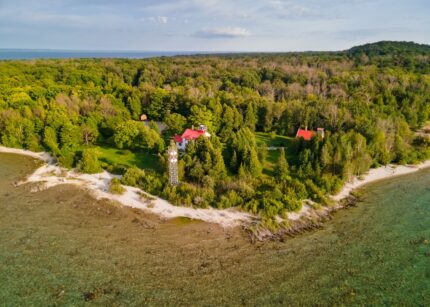
Bruce was joined by three other disruptors, as there were few wineries in Michigan at the time. Bernie Rink, was a professor of chemistry at Michigan State University who planted the first hybrid vines in the Leelanau Peninsula in 1970. Larry Mawby, was a winemaker with no formal training who opened his winery in 1977 and is credited with his work in growing vinifera grapes. Ed O’Keefe, was a farmer who planted the first vinifera grapes on the nearby Old Mission Peninsula property in 1972.
Bruce Simpson knew he wanted to grow grapes, and he believed the land was ripe for more than cherry farming. His family had begun farming cherries first when they were granted land in America (in the late 1700s). His father was a visionary who encouraged him to rethink the future of cherry farming and urged him to study wine. After earning his agricultural degree at Michigan State University in 1977, he studied viticulture and enology at UC Davis and opened a winery on the original farm in 1979.
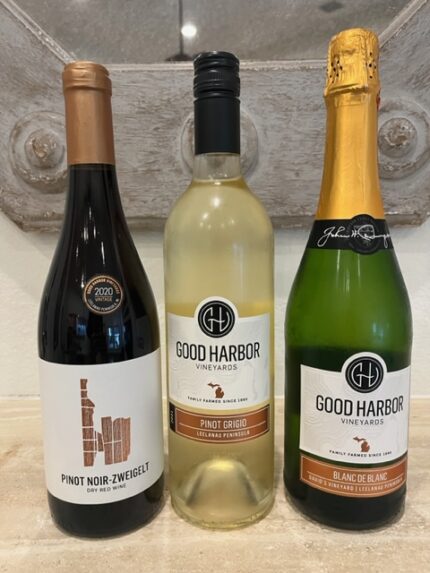
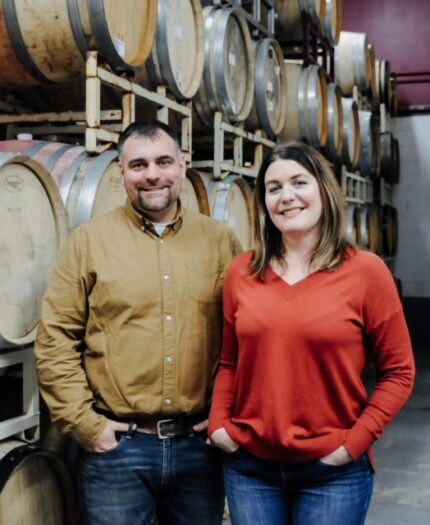
Two years later, he opened Good Harbor Vineyards in Lake Leelanau. He made sweet fruit wines, which were popular in the region but also planted 15 acres of vinifera grapes. He worked to produce quality wines at an affordable price point. He continued to spread the word about Michigan wines and made more than 17 wines when he suddenly got sick and died. His passing resulted in his children, Sam and Taylor, who were pursuing other careers returning to the peninsula.
Sam had originally started down the path of making wine at Michigan State University and diverted to finance. Sam joined the Enology and Viticulture program as a freshman, which was cut due to funding. When the program was cut, he diverted into finance.
After graduating from Michigan State University, Taylor worked as a wine specialist for a large wine distributor. Together, they worked to save the family business. That journey took them down the path of reshaping the business and the vineyards. This included investments in vineyards, technology, and people.
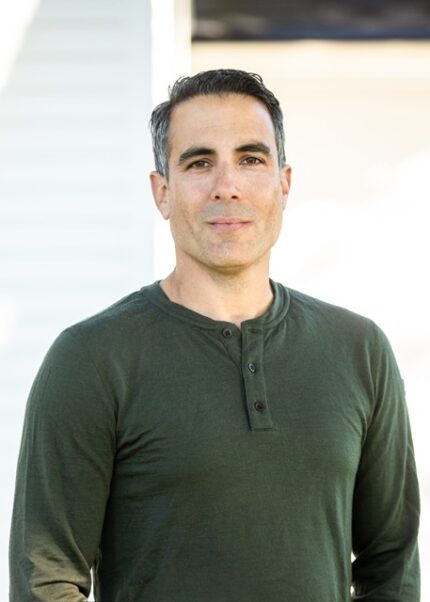
And that’s how Drew Perry joined the company as the production manager and winemaker. Ironically Drew was in the same wine program, which his father was in charge of at the university. He was lucky to accrue the credits needed before the program was cut and he continued his career in wine. He worked for wineries in Napa and Michigan before joining Simpson Family Estates in 2014.
The Simpson Family Estates brand consists of two very different wine companies – the original Good Harbor Winery and Aurora Cellars, which was bought out of bankruptcy and focuses more on vinifera grapes.
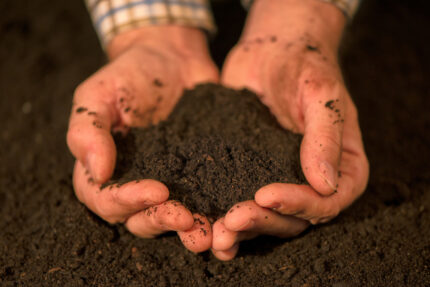
In my conversation with Drew, we talked a lot about the heritage of farmers. This is an area of generations of farmers many of whom realized cherries were not the future for family farms in that area. I asked about the impact of development on wineries and Drew reminded me that many of the political leaders are from farming and agriculture families. Most decisions are made intentionally with agriculture as the priority.
We talked about the uniqueness of the Leelanau Peninsula. Imagine a boomerang with a long, narrow neck and a wide body. Drew called it “the Goldilocks zone – the one that works best. The wines being produced there today are like varieties of Austria and Germany.
The climate is cool and retains the acidity of the grapes. It has a unique microclimate suited for vinifera grapes. The neck of the peninsula is sheltered from the harsh winds that can damage grape vines, and it receives more sunlight than the rest of the peninsula. This combination of factors creates a cool, sunny climate that is perfect for growing vinifera grapes. Drew talked about how a good site can grow anything and the sand, sand dunes, clay, and loom combination make the wines special. And the two vineyards, located miles apart, can have a 20-degree temperature difference.
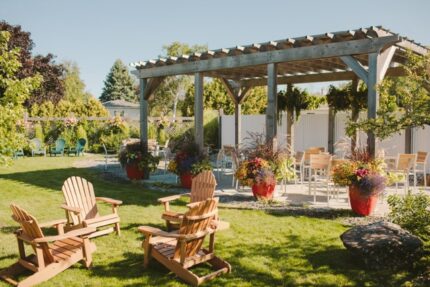
The two wineries are very different intentionally based on the profiles and customers of each winery. Good Harbor is the first winery located on a tourist path and has legacy wines and customers. Drew talked about the loyal following that grew up with the brand and the style. My favorite wine from Good Harbor was the 2020 Good Harbor Vineyards Pinot Noir-Zweigelt.

Aurora is different. It’s more of a hidden gem with a focus on vinifera wines. It’s more of a drive, so you need to know it’s there. It also has a custom crush facility to give other winemakers a place to make wines. As you can probably guess, these wines were more my style. My favorites were NV Aurora Blanc de Blanc Sparkling and the 2021 Aurora Dry Riesling. But I kept coming back to the 2017 Cabernet Franc, which was a blend of 95 percent Cabernet France and 5 percent Cabernet Sauvignon.
We talked about the challenges facing Michigan winegrowers. The biggest struggle is people and sustainability. When the wine was originally farmed for cherries, the land was farmed aggressively using chemicals. The focus now is to farm with a focus on reinvigorating soil health. He said, “Michigan doesn’t have a lot of organic matter so need to do as much as possible to preserve the longevity of the land.”
For the vineyards, that means growth needs to be sustainable, smart, and efficient. Technology will play a key role in solving problems. The end goal is to grow from 184 acres today to scaling carefully to 300 acres.
In terms of growth for Michigan wine, it’s continuing to stand on the shoulders of the farmers before them while building awareness of Michigan wine and what makes it special. It’s taking advantage of the infusion of talent, modern technology and the wineries working together to make wines better. Today, 85 percent of Michigan wines are made with vinifera vs. hybrids.
“We started as a young industry, but today we know and understand our vineyards well,” he said. “We are about evolution and innovation, but we maintain Bruce’s legacy of making great wines that are affordable.”
For Simpson Family Wines, it’s doing the hard things now, like planting the vineyards and conserving the land. There is a goal to build a new facility in the next ten years. And continuing to evangelize Michigan wines that represent the region and wineries.



